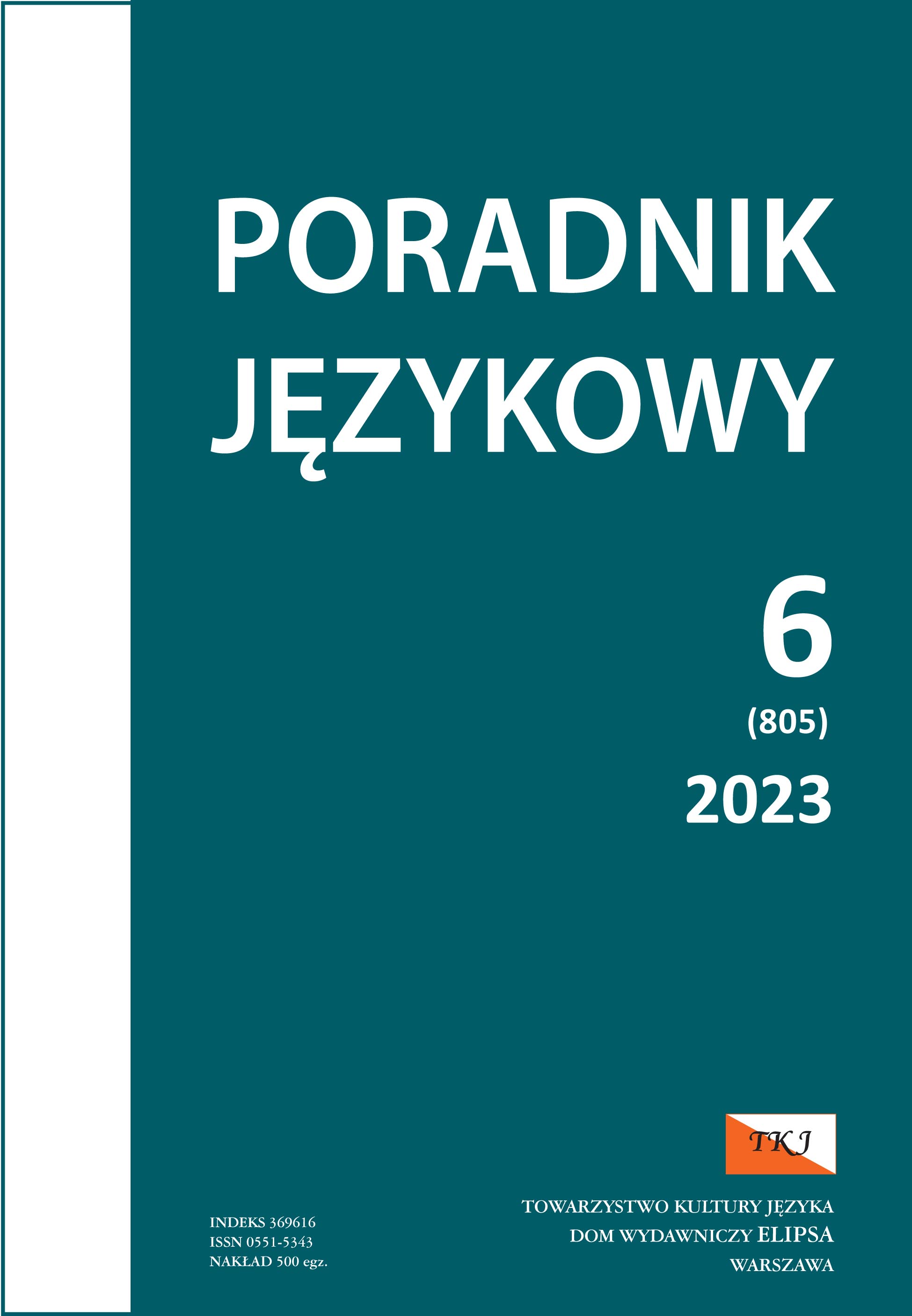
GWAROWE NAZWY CZĘŚCI ROBOCZYCH KULTYWATORA
This arcle describes the names of the working parts of the culvator (sprężyny, cynki, zęby, pazury, łapy, łapki, rapy), their geography, origin and movaon.
More...We kindly inform you that, as long as the subject affiliation of our 300.000+ articles is in progress, you might get unsufficient or no results on your third level or second level search. In this case, please broaden your search criteria.

This arcle describes the names of the working parts of the culvator (sprężyny, cynki, zęby, pazury, łapy, łapki, rapy), their geography, origin and movaon.
More...
The author has analysed 40 scientific and popular scientific online speeches with the aim to determine the frequency and types of filled pauses (FPs) occurring there. The research has shown that there are, on average, 41 additional, semantically non-specific, sound elements in five minutes of a scientific speech. The highest frequency (nearly 70% of the recorded FPs) was filled pauses proper (FPPs), that is sounds resembling elongated vowels or syllables: eee, yyy, emmm. Other forms of filling pauses observed were elongations of final positions, repetitions of words or fragments of phrases, retardatory words (prawda, no, tak), and non-language sounds (smacks, grunts). In terms of perception, elongations and repetitions of words seem more recipient-friendly than FPPs or retardatory words.
More...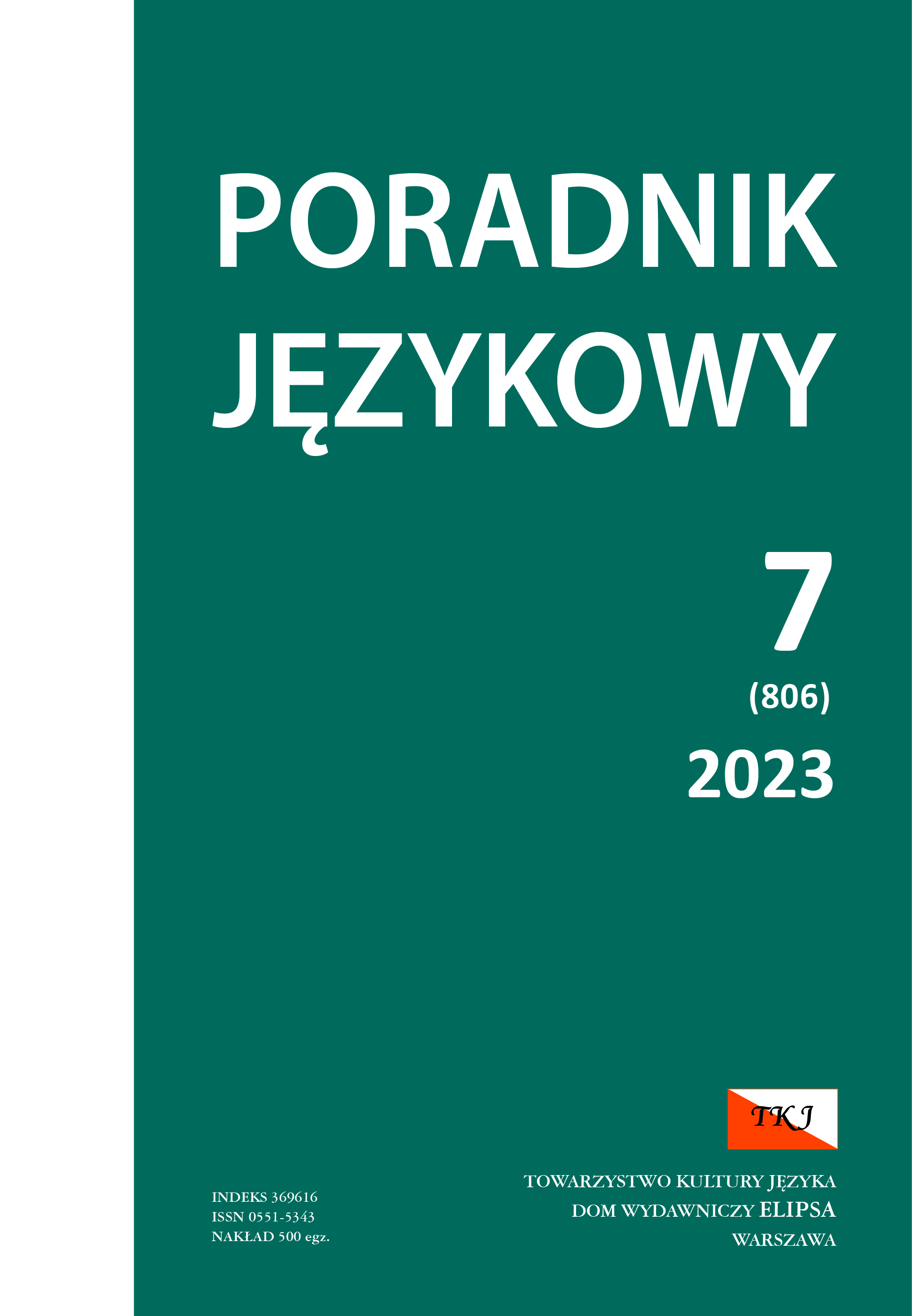
The subject of the observation is the Polish economic lexis used in the discourse on economy: agriculture, industry, trade, and financial operations. Its present composition, with a considerable share of borrowings from English, is an effect of the development of the capitalist socioeconomic formation. New symbols have layered on top of the abundant lexical substratum composed of native units as well as Germanisms and Latinisms, including those of Greek provenance, which has been gradually enriched over the centuries. The aim of the analysis is to identify the development trends in the lexical layer that have evolved into the current Polish economic discourse, with a particular focus on the dynamics, extent, and nature of foreign-language influences. The statistical comparison of the lexical resource of three journalistic texts of similar volumes, representative of successive periods of the development of the economic discourse in the Polish language, permits the ascertainment that the broadest assimilation of non-Slavic components into the Polish economic lexis took place in the 19th century.
More...
Resolutions adopted by regional councils in the Middle Polish age are highly valuable to a historian of the Polish language, since they are testimonies to the early Polish official style. The research leads to the conclusion that the repertoire of performative verbs used for verbalising norms was fairly extensive and contained both native words, mainly prefixal verbs (e.g. odkładać, odsyłać, naznaczać, postanowić, ustanowić, umacniać, uwalniać), and genetically Latin lexis (e.g. aprobować, akceptować, deklarować, deputować, libertować, prefigować). All declaratives in the resolutions are realised by means of indicative sentences with the predicate in the 1st person plural, less frequently in the 3rd person singular. The intentions discussed above are only occasionally expressed using impersonal forms, which prevail in the contemporary official texts.
More...
The aim of this article is to characterise the sociolect of Warsaw enthusiasts of urban transport, with a particular focus on lexis and phraseology. The author attempts a description of the group of people interested in mass transport as a communication community, analyses the formal characteristics of the sociolect they use, and presents the expressions used by them in an arrangement intended to reproduce the linguistic worldview specific to them, which encompasses urban transport vehicles, vehicle equipment, service names, designations of places and people, as well as events involving urban transport.
More...
The knowledge of the development of the Polish grammatical terminology in the 16th c. was founded on the published descriptions of the 1583 edition of Aelii Donati Vetustissimi grammatici elementa una cum traductione Polonica and the 1542 edition of Regulae grammaticales... by Andrzej Glaber. The copy of the bilingual Latin–Polish edition of Donat’s grammar book of 1595 owned by Erfurt Library, recorded in WorldCat, not only changes the historical view of the history of the Polish grammatical terminology (the publication is 54 years older than the already known edition of 1649) but also contributes a new quality to the knowledge of the reception of Donat’s grammar book in Poland.
More...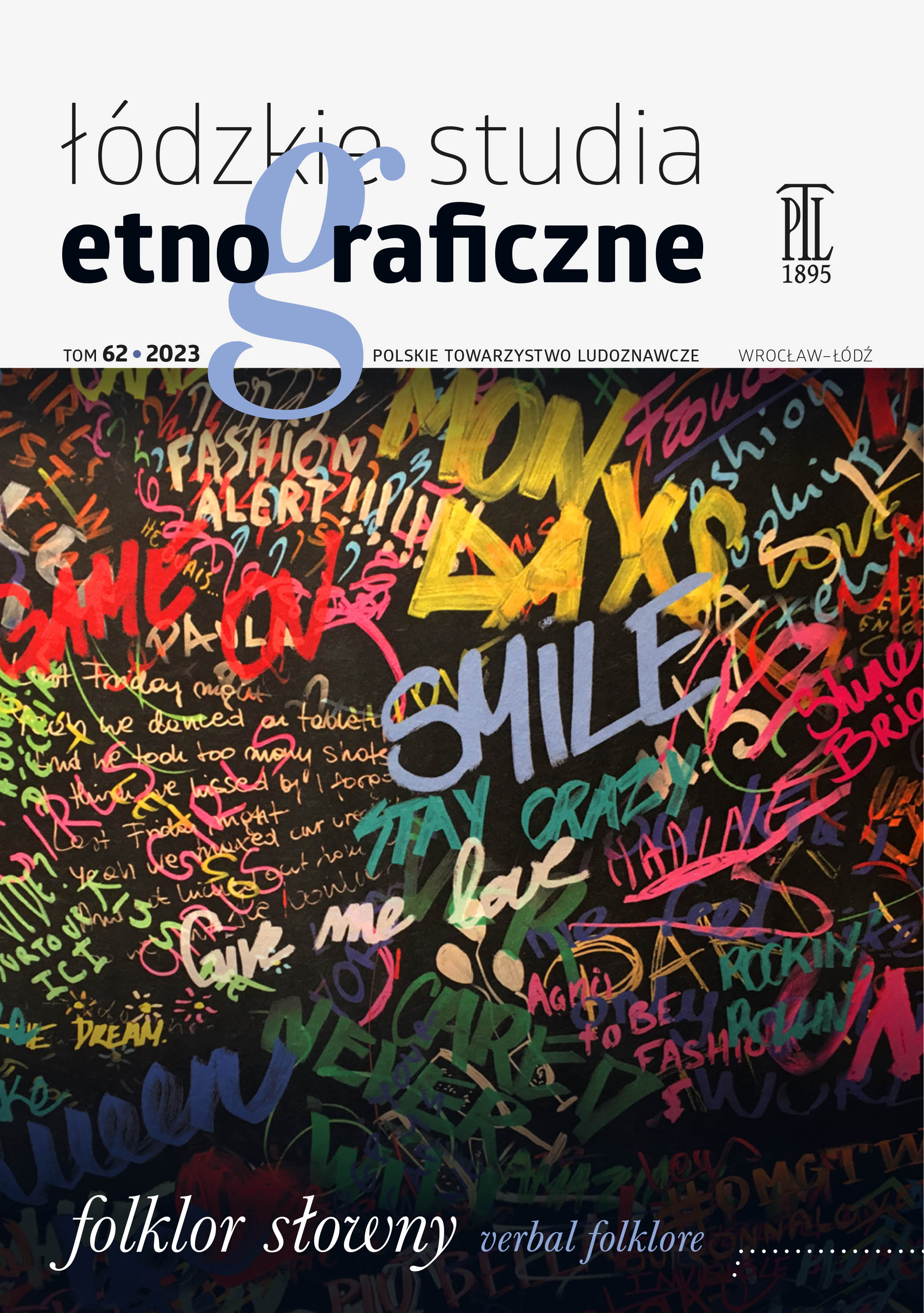
The present study examines in contrastive terms issues concerning alcohol consumption raised in collections of proverbs in two languages (Polish and Spanish in the Iberian Peninsula vari- ety and the Mexican variant). These include the pleasure of alcohol drinking, the approval or disapproval of alcohol consumption, attitudes towards abstinence and non-drinkers, and the effects of its intake. The corpus underpinning the research consists of more than 2,900 prov- erbs related to food and drink, and the analytical part uses the methodology of contrastive work in the fields of paremiology and phraseology. The aim of the work is to explore the cultur- ally rooted and culturally motivated judgements and beliefs reflected in proverbs, as well as to encourage general reflection on the values conveyed in proverbs. The conclusions of the ana- lysis allow us to see a number of similarities between languages and cultures, but also reveal important differences in attitudes towards alcohol consumption and, in addition, the perspec- tive from which they were created.
More...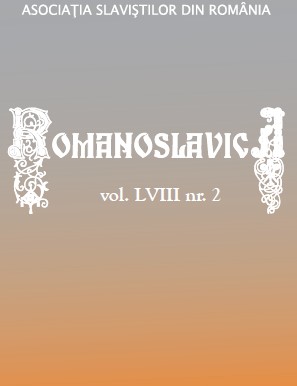
După cum se știe, în cadrul centenarului romantismului polonez, anul trecut a avut loc o serie de manifestări editoriale, culturale, științifice în Polonia și în întreaga lume. Ciclul de Balade și romanțe al lui Adam Mickiewicz, publicate în anul 1822, a inaugurat o nouă perioadă literară, care a marcat despărțirea de clasicism și promovarea poeticii romantice, bazate în mare măsură pe inspirație din tradiția istorică și populară, precum și pe imaginația eliberată de regulile clasice. În istoria dramatică a Poloniei, dezmembrate în anul 1795 de către Prusia, Rusia și Austria, romantismul a jucat un rol primordial în privința menținerii conștiinței naționale și a încrederii în recâștigarea independenței naționale. Din păcate, atât Insurecția din noiembrie 1830, cât și cea din ianuarie 1863 au eșuat, ceea ce a dus la prelungirea administrației străine în teritoriile poloneze ocupate.
More...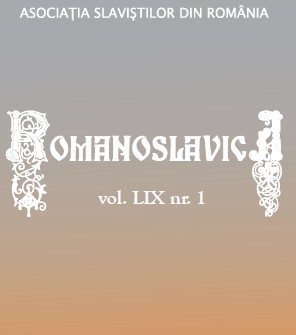
Anul acesta, profesorul emerit Constantin Geambașu aniversează 75 de ani de viață și peste cinci decenii de strălucită activitate didactică și științifică consacrată limbii și literaturii polone, promovării culturii polone în România, comparatisticii slave. Este un prilej minunat de a recunoaște contribuțiile sale semnificative la comunitatea academică și la dezvoltarea studiilor slave la Universitatea din București. Aportul substanțial al Domniei Sale la dezvoltarea polonisticii moderne în România este demonstrat cu prisosință de bogata bibliografie de lucrări de specialitate cu spectru larg de interes (de la studii literare, la studii comparate și de imagologie), publicate în țară și în străinătate, dar și de intensa activitate de traducător, profesorul doctor Constantin Geambașu fiind un veritabil promotor al valorilor culturale ale spațiului polonez și slav.
More...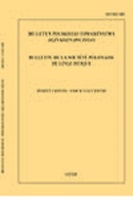







In Memoriam Profesor Aleksandrze Zajdzie (1937–2021).
More...
There can occur a specific quandary when trying to evaluate the achievements of great thinkers who were ahead of their time in their scientific creative output, and who were forced to develop their investigations within the paradigmatic status quo, which specifically concerns the issue of terminology. In a historiographic perspective, terminology usually results from the current lexical resources that reflect the thought horizons of researchers in a given period of time (a paradigm). Therefore, it might be of merit to explore beyond the terms themselves and to relate them to a whole theory under inspection through a different metatheory. In this paper, we focus on the relation between concept, phenomenological quality and name in the theory of the eminent Polish linguist Ludwik Zabrocki (1907‒1977). We discuss aspects of spatiality in selected facets of Zabrocki’s structural phonetics, focusing on issues such as: the substantiality of sonic primes, the polarity of processes, the field of processes, the space of codal systems and the summation of cognate elements. The analysis highlights the enormous and crucial role that the experience of space plays in Zabrocki’s theory. The physical aspect of experiencing phenomena points to the metalevel of embodiment on the one hand, and phenomenology on the other. Accordingly, juxtaposing the two perspectives as analytical dimensions, we attempt to present Zabrocki’s theory as a type of embodiment, adducing for this purpose some of the tenets of Maurice Merleau-Ponty’s phenomenology.
More...
The article discusses the splitting of the propositional argument, i.e. its implementation in the form of two actants that accompany the main predicate. The splitting in question is discussed against the background of other forms of syntactic representation of the basic propositional-semantic content: complete, incomplete, and over-complete. The author focuses on decomposed constructions, which result from contamination and which contain, apart from the sentential actant, a component in the form of a noun, adjective or adverb, raised and located at the beginning of a sentence (the so-called fraction). Constructs of this type are discussed in terms of their syntactic structure (dependency structure in the main clause), grammatical forms of the fractional element and its semantic functions in the matrix clause, as well as the lexicosemantic characteristics of the head predicate. We also address the issue of the compliance of these constructions with language norm.
More...
The aim of the article is to present the main methodological assumptions of nest-oriented description of word-formation that has been developed within synchronic linguistics, as well as to determine the possibility of applying this method to diachronic research. As the data presented in the paper show, the perspective of internal linguistics within historical linguistic research – the visualization of data in a nest word-formation system superimposed on semantic fields – makes it possible to observe the influence of word-formation systems on the adaptation processes and on the frequency of borrowings in the recipient language. Supplementing this research with approaches from the area of historical (and cognitive) sociolinguistics and linguistic pragmatics, against the background of quantitative-corpus analyses, allows for an effective study of the process of lexical borrowing in a diachronic perspective.
More...